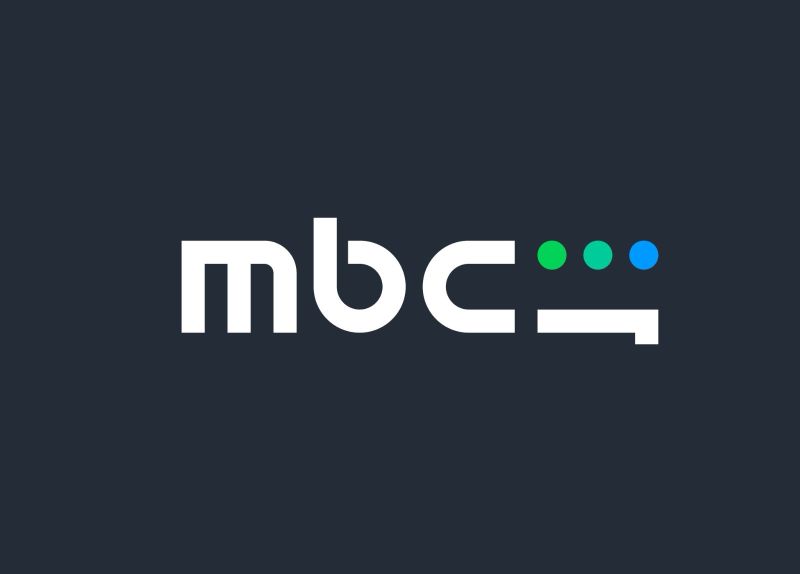Last month, Spanish telecom company, Telefónica, beat its competitors to the punch: it teamed up with private equity firm Blackstone to buy the technology behind MobClix, a defunct mobile ad exchange.
On the surface, it’s a natural move. For mobile advertisers hungry for user data, the richest sources are the mobile carriers themselves. And, for the carriers, mobile ads are a convenient new well for revenues, as smartphone ownership in the US and Europe approaches a peak.
Telefónica’s counterparts across the Atlantic have certainly thought so. At a conference two years ago, Bill Diggins, head of Precision Market Insight, a division of Verizon Wireless, teased his venture’s potential with an aphorism familiar to the advertising world: “Data is the new oil.”
As oilmen, though, US carriers have disappointed. The top three have each begun operations that tap into their vast pools of user data for advertisers, but they have not advanced nearly as far as Telefónica. Each is held back by wary customers and regulators, as well as more technologically adept and agile competitors, such as Google, Facebook and Pandora. “Right now,” says Rajeev Chand, managing director and head of research at Rutberg and Company, “telecom operators are struggling to figure out business models for the post-telecom world.”
A HUSHED PIVOT
AT&T has moved into this new world more visibly than the others. A year ago, the country’s fourth largest ad spender was also marching swiftly into the mobile ad business. That is, until it unexpectedly shut its doors.
In 2011, AT&T launched AdWorks, a business arm that opened its mobile data inventory for advertisers. It ran a major campaign with Levi’s and Foursquare, leveraging its mobile data to drive in-store traffic, and boasting 10 billion monthly mobile impressions.
Last May, AdWorks added Blueprint, a platform that gives anonymized data and treasured consumer segments on more than 70 million of its subscribers for targeted ad campaigns across TV, online and mobile. The platform was split in three, one for each screen, and could not track individuals or groups across the devices. However, Maria Mandel Dunsch, head of marketing and media at AdWorks, told Ad Age at the time that they were “laying the groundwork” to do so. Five months later, AdWorks quietly closed its mobile and online division, laying off the sales staff and senior leadership. At the time, the company revealed that it was turning its attention solely to TV and argued its online and mobile networks represented “only a small percentage” of its business.
The cost argument makes sense. According to eMarketer, the entire mobile ad business in 2014 will hit $31 billion – less than AT&T’s consolidated revenues for Q4 2013 alone. However, people familiar with AdWorks’ operations say the logistics of building a mobile platform from scratch were more daunting – and the returns on its data inventory less lucrative – than AT&T expected.
With the birth of AdWorks, AT&T appeared ahead of the curve. Now, with the bold move from Telefónica, a sizable telecom firm with global ambitions and a partnership with Sprint, AT&T’s competitor, AT&T looks like it has dropped out of the game.
SPECTER OF DATA MINING
At the onset of AdWorks, AT&T discussed operating an exchange-like Telefónica, according to one person familiar with AT&T. However, the conversations did not venture far. “I don’t think buying an ad exchange or getting into that business was ever on the table, given their concerns about privacy,” the person says.
Those concerns have hung tightly over the carriers in their advertising maneuvers. Verizon debuted Precision Market Insights in sports stadiums last fall, giving marketing sponsors access to its users inside for data location and tracking. The company has had to stress the “opt-out” feature of its tracking following negative press coverage.
Worried regulators are a hurdle, too. “There’s hesitation because no one wants to be called out to some Senate hearing,” Chand says of the carrier’s initiatives. Carriers can identify cell phone owners with far more granular detail – within 50 feet of the exact location – than the big mobile ad players, Google and Facebook, says Akshay Sharma, research director of carrier network infrastructure at Gartner Research. However, so far, the risks of privacy backlash have outweighed the benefits for carriers of unleashing the full potential of first-party data. “They have an advantage that they just haven’t leveraged,” Sharma argues. “Carriers don’t want it to look like they’re data mining you.”






